Cornwall is a duchy in the south west of the United Kingdom and includes the Isles of Scilly, it is the mystical home of the legendary King Arthur. Lying westwards beyond the River Tamar border with its neighbour Devon, Cornwall is one of the more isolated and distinctive parts of the United Kingdom but is also one of the most popular with travellers and holidaymakers.
Its relatively warm climate, long coastline, amazing scenery, and diverse Celtic heritage (combined with tales of smuggling and pirates!) go only part of the way to explaining its appeal.
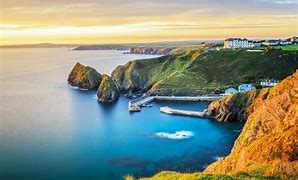
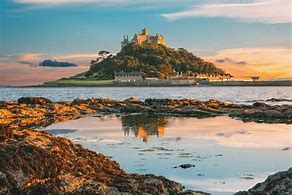


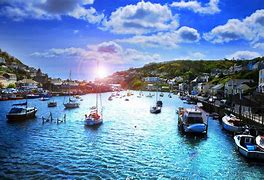

Cornwall is increasingly becoming a popular destination for those interested in cultural tourism, due to its long association with visual and written arts and its wealth of archaeology. Over thirty percent of the county is designated as an Area of Outstanding Natural Beauty giving it national status and protection. Cornwall has always been fiercely proud of its Celtic heritage, and for many residents their Cornish identity supersedes their Englishness or Britishness.
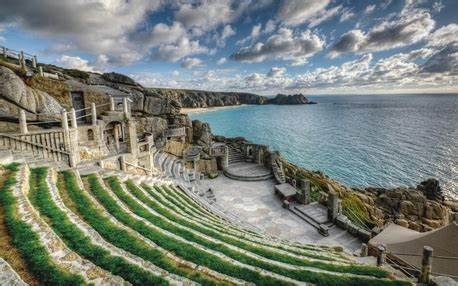


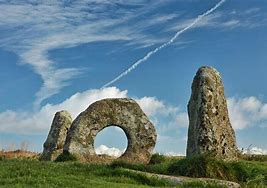
Opinion polls place Cornish identity amongst young people at around 40% regarding themselves as Cornish rather than English, with calls for a Cornish assembly or government by some nationalists. Some might take offence to being called English, so avoid using the term, considering using “British” instead.



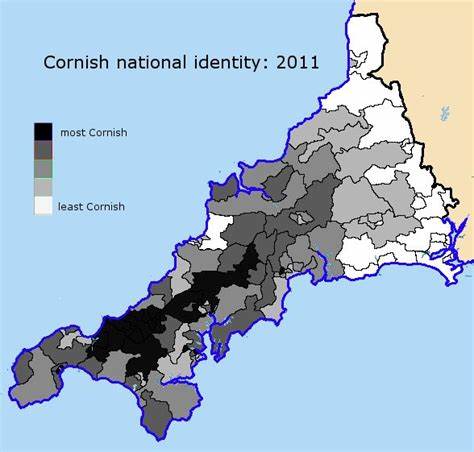

The Cornish have many significant saints. The pre-eminent patron saint is Saint Piran, whose flag, black with a white cross, is widely regarded as the national emblem of Cornwall and can be seen all across the duchy. It is flown from private homes and Government and public buildings. Saint Piran’s Day is widely celebrated on March 5 in Cornwall and amongst the Cornish diaspora around the globe.
Regular trains run on the main line from London Paddington (12 daily to Plymouth, 3 hours, 8 daily all the way through Cornwall to Penzance, 5 hours) Bristol, Birmingham etc. to Plymouth, Truro and Penzance. . There is also an overnight sleeper train which runs Sun-Fri nights to/from London Paddington and Penzance.
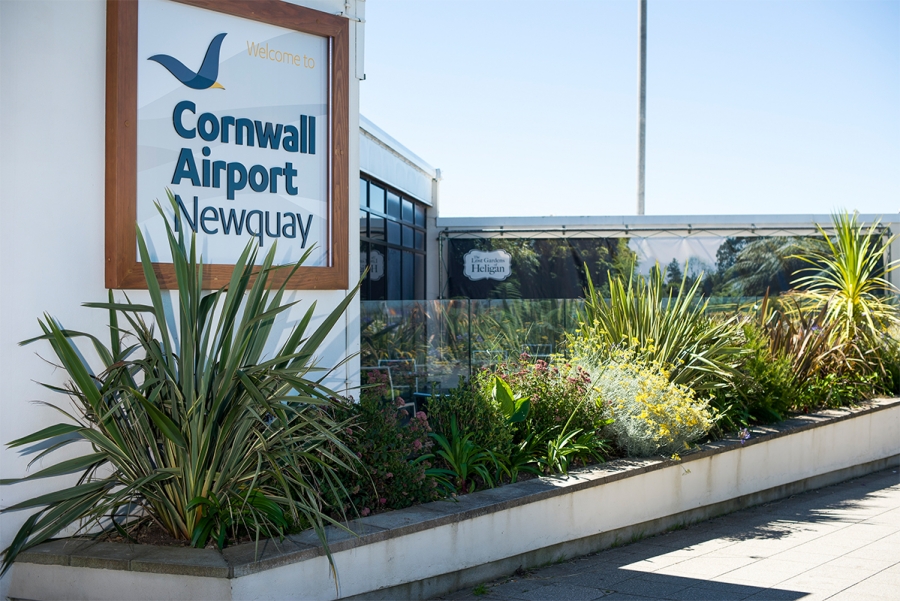
Cornwall Airport in Newquay is the main airport for the county and has the following services:
- Air Southwest – Bristol, Cork, Dublin, Glasgow-International, Grenoble (winter only), Leeds/Bradford, London-Gatwick, London-City, Manchester, Newcastle
- Flybe – Belfast-City, Birmingham, Edinburgh, Isle of Man (seasonal)
- Isles of Scilly Skybus – St. Mary’s (Isles of Scilly), Cardiff, St. Brieuc
- Lufthansa – Düsseldorf (weekly, summer only)
- Ryanair – London-Stansted, Alicante, Girona
Cornwall boasts many attractions for the traveller, many lying outside of cities and towns amidst the Cornish landscape.
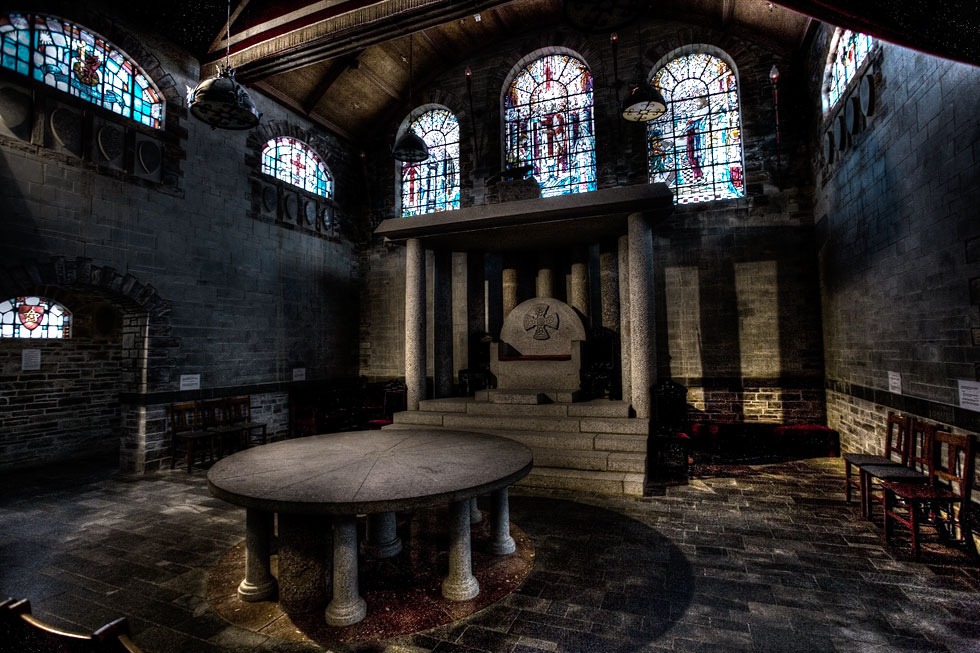
Within the 208sq kilometres of the Bodmin Moor, is King Arthur’s Hall, a megalithic monument and Brown Willy, the highest point in Cornwall at 417 m (1,368 ft). Brown Willy is a small beautiful lake, linked with the Arthurian legend. There is also a reputed Beast of the Moor, a large wild-cat that haunts and stalks at night, but is similar in fantasy to the Loch Ness Monster, in that no one can prove it exists, though sightings, theories and track-marks abound.
The Eden Project, near St Austell, a fabulous collection of flora from all over the planet housed in two ‘space age’ transparent domes.


Tintagel Castle legendary birthplace of the famous King Arthur and seat of the kings of Cornwall. Earl Richard of Cornwall and King of the Romans built the present medieval castle at the site. Ongoing excavations are revealing a Cornish royal seat of the period 400 to 700 AD.
Minack Theatre an outdoor theatre built, by hand, into the side of cliff over looking the ocean; between the villages of Porthcurno and St Levan, the theatre includes a museum and offers tours when there are no performances


The Tate St Ives, one of the four Tate galleries in the UK – Modern Art
The National Maritime Museum Falmouth. Home of the National Maritime Museum’s small boat collection and other exhibits.

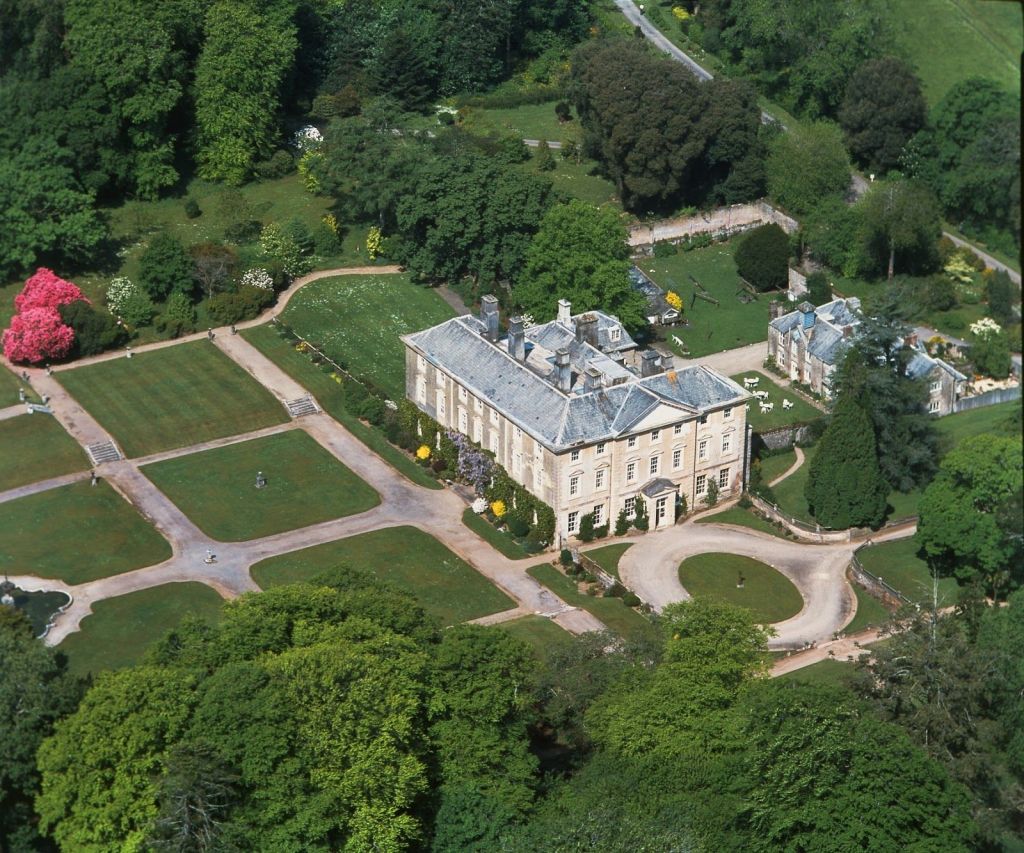
Pencarrow House and Gardens A large house near Wadebridge built in 1760 with extensive gardens.
Helford River – an idyllic river between Falmouth and Penzance. An ideal stop over for yachts heading for the Isles of Scilly, or further afield, with a selection of excellent pubs and other attractions. There is also a passenger ferry crossing the river as part of the coastal path around Cornwall linking Helford Passage (a popular holiday destination for families) on the north coast to Helford Village on the south. Also on the river are the Gweek Seal Sanctuary, Porth Navas Oyster Farm and Trebah Gardens.
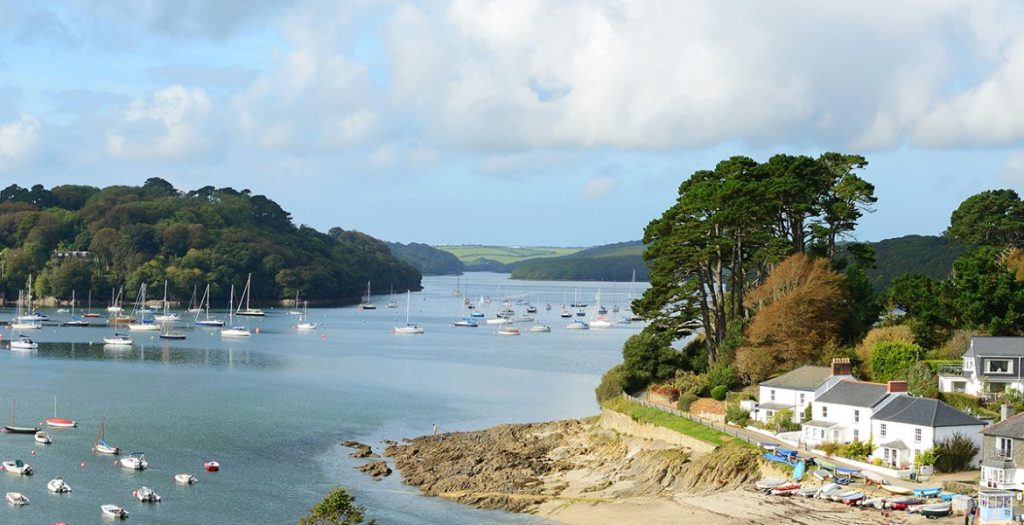


The South West Coast Path. Which runs along the coastline of Britain’s south-west peninsula. The Cornish section is supposed to be the most scenic (unless you talk to someone in Devon, in which case the Devon part is most scenic). It is particularly scenic around Penwith and the Lizard. The trail takes walkers to busy towns, remote cliffs, beaches, heaths, farms and fishing villages. Walking along it is a great way to experience the region in all its variety. (Walking the entire path takes several weeks, walking on a choice part of it is easier.)

Surfing. Cornwall, in particular Newquay, is the UK’s surfing capital, with equipment hire and surf schools present on many of the county’s beaches, and events like the UK championships or Boardmasters festival.
Cornwall has become famous for its Michelin-starred seafood restaurants, with Jamie Oliver and Rick Stein opening restaurants in the county/country. Cornwall may have the most distinct and finest cuisine of all Britain, and a number of regional specialities, such as.
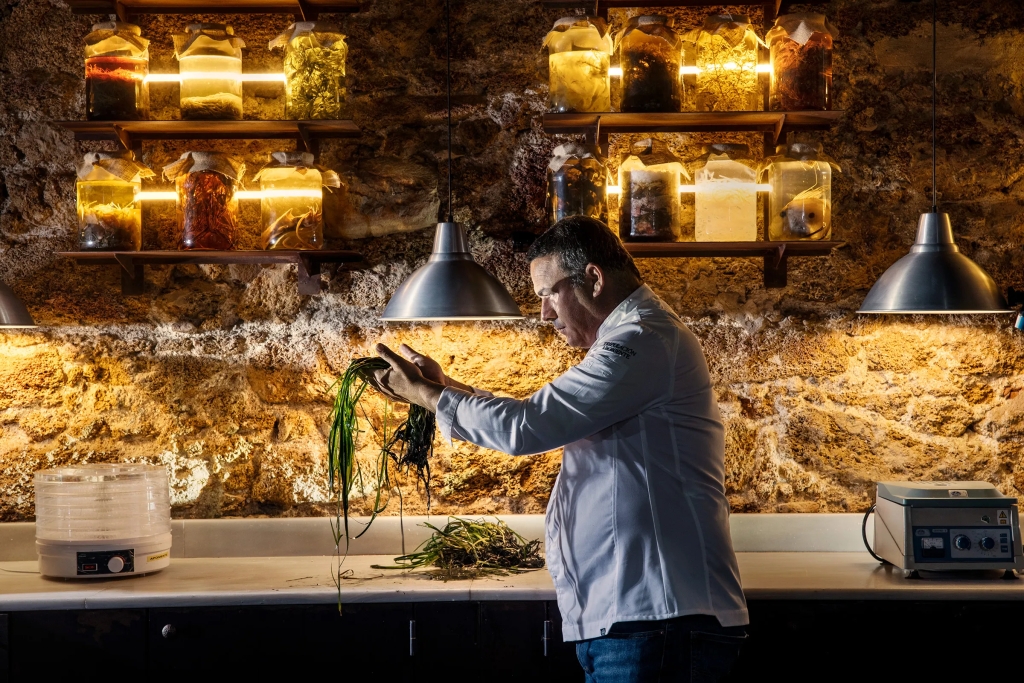

Cornish Pasty. A semi-circular pocket of soft or flakey pastry, usually filled with meat, turnip, onion and potatoes with a crimped crust to hold whilst munching.

Squab pie. A mutton pie with a shortcrust pastry lid. It should be made with at least one layer of onions, followed by alternating layers of sliced apples and mutton chops.


Cornish Cream Tea. Plain scones with clotted cream and jam or treacle washed down by a pot of tea, traditional in Cornwall to put the jam on first then the clotted cream, unlike Devon who put cream first then jam.
Cornish Ice Cream. Distinctly yellowish in colour, and rich in flavour, on account of high buttermilk content. Kelly’s in particular is a popular brand of Cornish ice-cream, that often uses Cornish words in their marketing.


Cornwall has three main breweries which are available to drink in most pubs in Cornwall:
- Skinners. Based in Truro. Tours of the brewery are available for details.
- Sharps. Based in Rock. They have a shop at the brewery for details.
- St Austell Brewery. Based in St Austell. They have a museum and shop, for details.
- Swanky beer, Australian-Cornish bottle-conditioned beer which has been reintroduced from South Australia’s Copper Triangle (which has one of the largest Cornish communities abroad) back to the homeland. Cider is also popular in the region.

Cornwall is also well known for its production of mead wine (Honey Wine). Because of its climate Cornwall also has a number of vineyards, and produces decent wine not to be sniffed at.
- Camel valley vineyard. Guided tours are available see for details.
Golowan – (sometimes also Goluan or Gol-Jowan) is the Cornish language word for the Midsummer celebrations, widespread prior to the late 19th century and most popular in the Penwith area and in particular Penzance and Newlyn. The celebrations are conducted from the 23rd of June (St John’s Eve) to the 28th of June (St Peter’s Eve) each year, St Peter’s Eve being the more popular in Cornish fishing communities. The celebrations are centred around the lighting of bonfires and fireworks and the performance of associated rituals. Some towns have a street-parade during this period.


Royal Cornwall Show, is an agricultural show organised by the Royal Cornwall Agricultural Association, which takes place at the beginning of June each year, at Wadebridge in North Cornwall. The show lasts for three days and attracts approximately 120,000 visitors annually, making it one of Cornwall’s major tourist attractions.
Cornwall has a large range of tourist accommodation, ranging from 5 star luxury hotels to B&Bs, guest houses and hostels. There is also a large number of serviced holiday cottages that can be rented from anything from a long weekend to upwards of a month.



Cornish pasties are the best 😀
LikeLiked by 1 person